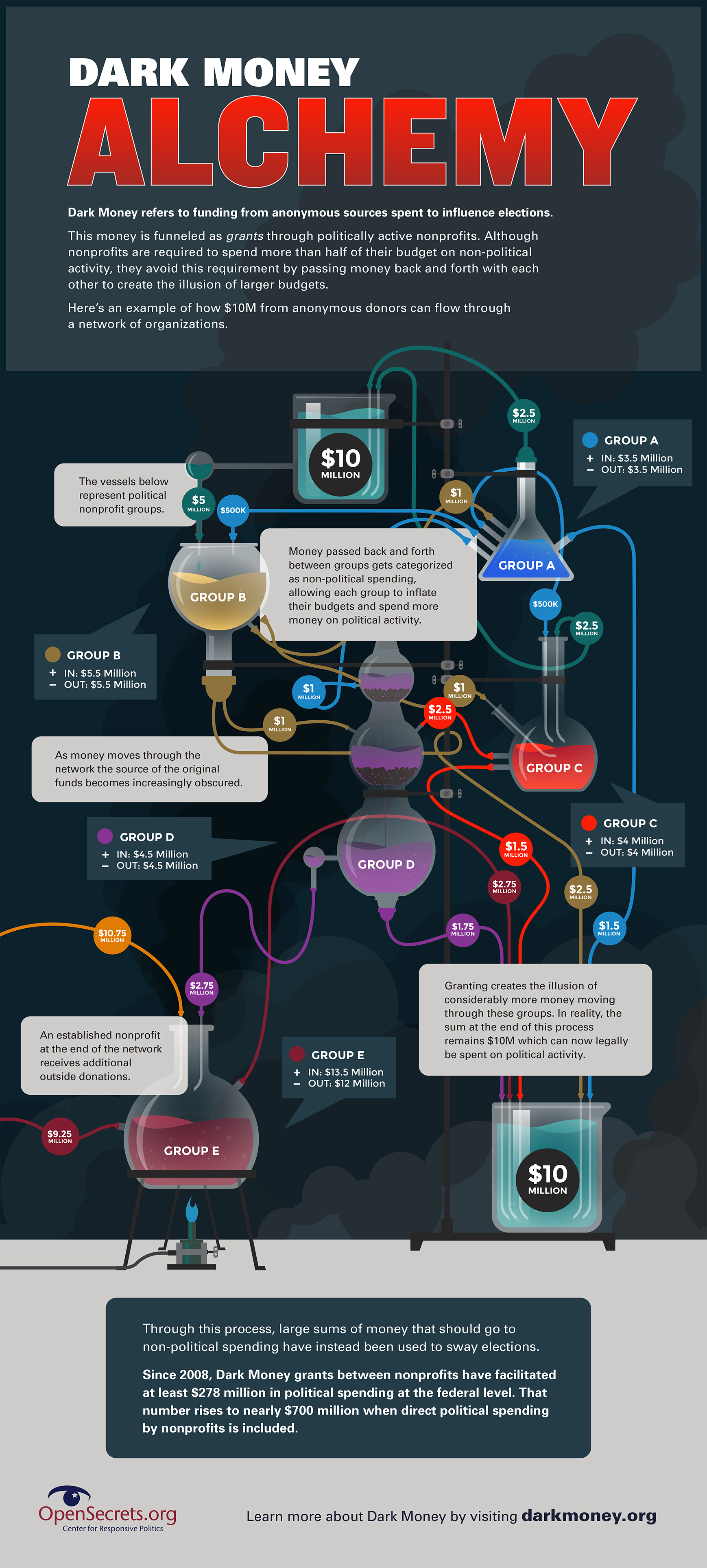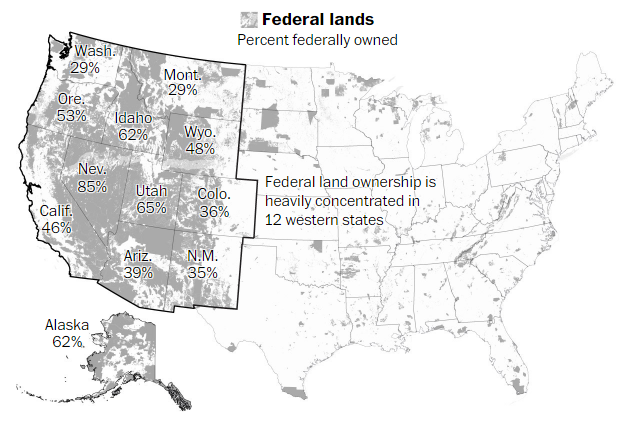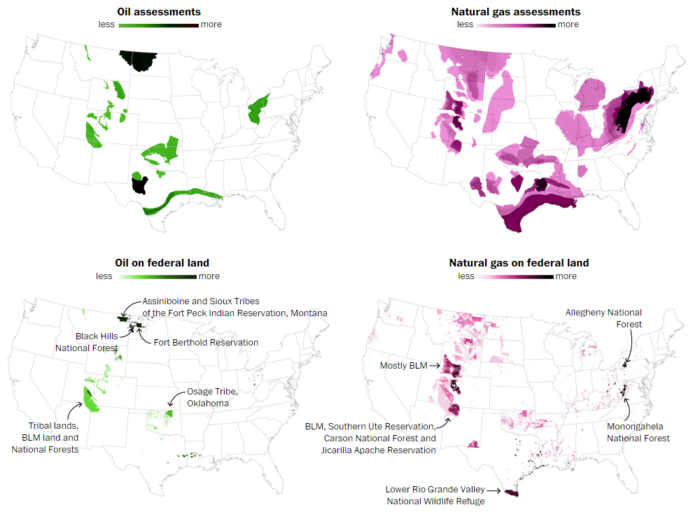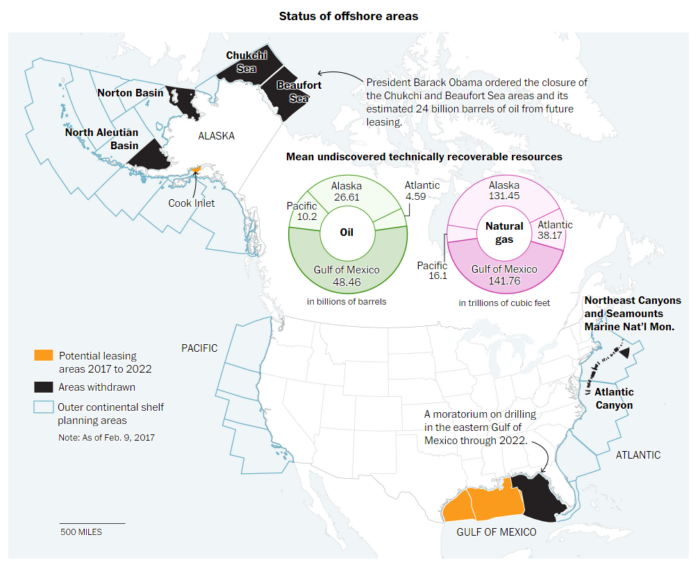March 19, 2017
Vice President Joe Biden at the 2017 SXSW Conference with an Introduction from Dr. Jill Biden [Video]
“The only bipartisan thing left in America is the fight against cancer.” – Vice President Joe Biden
On Sunday, March 12, Vice President Joe Biden outlined his plans for a Biden cancer initiative during the Featured Session, “The Urgency of Now: Launching the Biden Cancer Initiative,” at the 2017 SXSW Conference.
“We’re not going to beat cancer unless we all do our part. Only together can we seize the moment to defeat cancer,” said Dr. Jill Biden during her introduction. Dr. Jill Biden delivered a call to action to everyone to help accelerate the rate of progress in preventing, diagnosing, and treating cancer.
During the Featured Session, Vice President Joe Biden discussed the progress made under his leadership of the White House Cancer Moonshot; call for innovative solutions to tackle the barriers that prevent faster gains in ending cancer as we know it; and described how he plans to remain in the fight.
Biden’s Featured Session was part of the Connect to End Cancer series in collaboration with The University of Texas MD Anderson Cancer Center, the AT&T Foundry for Connected Health, and Merck & Co., Inc. The Connect to End Cancer series at SXSW took place on Sunday, March 12 in the Health Track. The series provided education, exposure and potential development support to entrepreneurs and encouraged collaboration among innovators, industry executives, venture capitalists, celebrities, philanthropists, and SXSW attendees who share a commitment to Making Cancer History®.
Watch the video above for the full 2017 SXSW Conference Featured Session with Vice President Joe Biden. Get inspired by a multitude of diverse visionaries at SXSW – browse more 2017 Keynotes, Featured Sessions, Red Carpets, and Q&A’s on our YouTube Channel.
Follow us on Facebook, Twitter, Instagram, and SXSW News for the latest SXSW coverage, recaps, and more.
2017 SXSW Conference Speakers, Vice President Joe Biden and Dr. Jill Biden – Photo by Photo by Mindy Best / Getty Images
The post Vice President Joe Biden at the 2017 SXSW Conference with an Introduction from Dr. Jill Biden [Video] appeared first on SXSW.
Source: SxSW Film
March 18, 2017
Announcing the 2017 SXSW Gaming Awards Winners

SXSW Gaming Conference and Festival has announced the winners for the 2017 SXSW Gaming Awards sponsored by IGN and Imaginary Forces. The winners in 23 different categories, were revealed during the fourth annual Gaming Awards ceremony, which was hosted by WWE® Superstar Xavier Woods® and popular gaming broadcaster OMGitsfirefoxx.
Award winner highlights include Game of the Year winner Uncharted 4: A Thief’s End (Sony Computer Entertainment / Naughty Dog); Mobile Game of the Year winner Pokémon GO (Niantic); Esports Game of the Year winner Overwatch (Blizzard Entertainment); Tabletop Game of the Year winner Arkham Horror: The Card Game (Fantasy Flight Games); Trending Game of the Year winner Overwatch (Blizzard Entertainment); and Fan Creation of the Year winner Brutal Doom 64 (Sergeant_Mark_IV).
Finalists for the SXSW Gaming Awards categories were selected and voted on by the SXSW Gaming Advisory Board and select staff, consisting of more than 40 industry experts well-versed in everything gaming and geek culture. Once finalists were revealed, the general public, along with the Advisory Board, were invited to cast their vote on IGN.com to help determine the winners in each category, which were unveiled and honored at tonight’s SXSW Gaming Awards ceremony.
2017 SXSW Gaming Awards Winners
Excellence in SFX
Battlefield 1 – Electronic Arts / EA DICE
Excellence in Musical Score
DOOM – Bethesda Softworks / id Software
Excellence in Technical Achievement
Battlefield 1 – Electronic Arts / EA DICE
Excellence in Visual Achievement
Uncharted 4: A Thief’s End – Sony Computer Entertainment / Naughty Dog
Excellence in Animation
Uncharted 4: A Thief’s End – Sony Computer Entertainment / Naughty Dog
Excellence in Art
Firewatch – Panic Inc. / Campo Santo
Excellence in Convergence
Batman: The Telltale Series – Telltale Games
Excellence in Multiplayer
Overwatch – Blizzard Entertainment
Most Memorable Character
Uncharted 4: A Thief’s End – Nathan Drake
Most Promising New Intellectual Property
Overwatch – Blizzard Entertainment
Most Fulfilling Community-Funded Game
Starbound – Chucklefish Games
Excellence in Gameplay
DOOM – Bethesda Softworks / id Software
Excellence in Design
Dishonored 2 – Bethesda Softworks / Arkane Studios
Excellence in Narrative
Uncharted 4: A Thief’s End – Sony Computer Entertainment / Naughty Dog
Matthew Crump Cultural Innovation Award
That Dragon, Cancer – Numinous Games
Gamer’s Voice Multiplayer
Arena Gods – Supertype
Gamer’s Voice Single Player
Owlboy – D-pad Studio
Fan Creation of the Year
Brutal Doom 64 – Sergeant_Mark_IV
Trending Game of the Year
Overwatch – Blizzard Entertainment
Esports Game of the Year
Overwatch – Blizzard Entertainment
Tabletop Game of the Year
Arkham Horror: The Card Game – Fantasy Flight Games
Mobile Game of the Year
Pokémon GO – Niantic
Video Game of the Year
Uncharted 4: A Thief’s End – Sony Computer Entertainment / Naughty Dog
The SXSW Gaming Conference & Festival is a unique combination of geek and gaming culture featuring Expos, Awards, and Programming over three days. For the full list of 2017 SXSW Gaming Award winners, visit gaming.sxsw.com/awards.
Congrats to all the winners!
Photo by Dave Pedley/Getty Images
The post Announcing the 2017 SXSW Gaming Awards Winners appeared first on SXSW.
Source: SxSW Film
March 18, 2017
Go Back in Time to Play the Great Arcade Games in History

Step back into the 80’s and 90’s world of gaming and experience the original “social” gaming concept in real life. If you haven’t noticed, retro arcades are in high demand. The nostalgia of arcade games guarantees to bring a smile to gamers of all ages.
Arcades4Home returns to SXSW to proudly provide the games for the Arcade Bunker and the Artist Gifting Lounge. Come by and play for free—no quarters needed!
If you haven’t seen Arcades4Home On Tour at some of the major gaming and comicons across the country, you are in for real treat. Their arcade events mix retro and classic and add a twist of modern. The best fighters, shooters, and classics are ready for your enjoyment.
Arcades4Home has been restoring, building, and customizing arcade games for more than 20 years. They have hundreds of arcade machines available and their passionate staff is always ready to talk shop with enthusiasts.
Their new San Marcos, TX showroom—called the Texas Gamers Lounge—doubles as a gamer’s paradise. It’s the premier place to play in Central Texas. Classic, retro, and modern gaming, they have it all and they can host your next retro arcade party or corporate event.
To learn more about Arcades4Home, check out some upcoming events and tournaments, and see what arcade games are available for your home or business.
Content and image provided by Arcades4Home
Related News:
- Register to attend SXSW 2017
- Explore the Gaming Expo
- Visit the SXSW Gaming website.
The post Go Back in Time to Play the Great Arcade Games in History appeared first on SXSW.
Source: SxSW Film
March 18, 2017
With Next Level Apparel Your SXSW T-Shirt Is Softer Than Ever

For the second year in a row, Next Level Apparel—a fashion basic apparel manufacturer in the US—has teamed up with SXSW for official shirt merchandise.
Maybe you’ve seen some of these cool T-shirts at the various merchandise stands around the Austin Convention Center or on SXSW attendees walking around Downtown Austin. But, you’d never know how awesome a Next Level Apparel shirt is until you’ve tried one on.
Once you do, you experience the comfy quality that only Next Level can provide. That’s because many of their T-shirts are premium sueded, meaning they have a velvet-like feel that ends up being the softest cotton you’ll ever touch.
Go check out Next Level’s heavenly softness for yourself at booth #209 SXSW Marketplace from March 16-18, where you can get a blank or printed tee as a souvenir. And remember to stop by the official SXSW merchandise stands around the Austin Convention Center to take home a wearable memory to go along with your unforgettable SXSW 2017 experience.
Content and image provided by Next Level Apparel
Related News:
- Register to attend SXSW 2017
- Explore the SXSW Marketplace
- Check out the Music Bloggers Guide to SXSW
The post With Next Level Apparel Your SXSW T-Shirt Is Softer Than Ever appeared first on SXSW.
Source: SxSW Film
March 17, 2017
Visual Storytelling – Unplugged
With our growing reliance on smartphones, I had an interesting revelation one day when my iPhone froze during a software update. Something I know we all can relate to.
You know how it starts, you start getting those red alerts that there is a new software update. At first, you ignore it, hey I’ve got better things to do right now. A few days passed by and your App Store shows millions of app updates waiting.
You hit the Update button on a few essentials like LinkedIn and Instagram – and nothing happens. Worst now your folder where those 2 apps where happily camping is completely frozen leaving your apps unclickable and unusable.
That’s when it dawns on you hey, maybe it’s time to make that darn software update because maybe the folks at Apple included some bug fixes for these exact annoyances. My battery shows 40%, so I power up my device and start the update while continuing to work. It’s amazing how when doing work and your phone is updating (aka dead), it means no downtime snacking breaks. I continue working while occasionally glancing at the white thin progress bar that seems to simultaneously process the entire town’s iPhone updates. But nothing!
It’s evening, I’m getting hungry my wife is calling: “pick me up from work and we’ll get some dinner?” I respond yes, but I am just waiting for my phone to complete updating. An hour passed and nothing. “Are we there yet?” I promise her it’s almost there. She gives up and decided to come home instead.
I give up and decide to go to dinner leaving that “lizard phone” at home, pretty much “going naked.” Since I now have no device, my fave Pandora stations are gone – so no music and no red light glances to see if the world still standing. And what’s more at every red light I look around and all drivers next to me are deeply engrossed in their devices. My wife’s device serves as a “teacher sub” but far from that other machine recuperating back home.
Dinner finally arrived, it was a great choice and another bookmark to our Yelp list, but grrr… no phone. I don’t know if it’s true but some people say that habit of lighting a cigarette after dinner in recent years has migrated to turning on your device and checking what you missed in the past 15 minutes now that your belly is comfortably filled. But grrr…no phone.
According to a 2015 Deloitte study, Americans are collectively checking their smartphones 8 billion times per day. On average, Americans across all age groups check their phone 46 times per day. That’s 33 looks more than 2014, so I am sure these figures have already spiked up since.
What can we do to minimize this “iron screen grip” on our lives? Part of it I think has to do with changing how our storytelling mind processes the world. We’re constantly seeking for meanings to make sense of the world around us. So we come up with stories with bad, good, and neutral endings. The trick is to stop producing stories with a call to action that involves your device in order to resolve a situation or satisfy an immediate gratification for info fix or other FOMO (Fear of Missing Out) variants.
It’s up to you how you effectively edit your stories’ resolutions into compelling and mindful experiences with less “interruptive advertising” of your own making. So next time when you get the urge for a mindless mobile tinkering, simply change your CTA and think of other ways you could enrich the experience of your current passion project. Look around you, sometimes unrelated events with the smallest B-roll details may trigger a new way to delight your customers.
Not all roads need to lead to your device!
Need help optimizing your BIG STORY to rise above the noise?
Hey, we’re just a call away: Schedule a conversation
Source: Visual Storytelling
March 17, 2017
A Look At How Dark Money Influences Elections
Most people are under the impression that the IRS and the FEC strictly enforce the rules that restrict nonprofit organizations, who are not required to reveal their donors to the public, from dedicating more than half of their proceeds to politics, but sadly, they would be mistaken. It’s not because the rules are non-existent, it’s because they aren’t enforced or enforcible to begin with. This anonymous funding is known as dark money.
The biggest issue is that these agencies—the IRS and the Federal Election Commission and the like —aren’t very effective when it comes to overseeing dark money groups.
The IRS, for example, does not have any procedures set up to assess political activity nor do they have the funds to properly train their employees. These were contributing factors that led to the discovery back in 2014 that those whose job it was to audit 501(c) applications for tax-exemption didn’t quite grasp the regulations they were supposed to be enforcing.
Now, although dark money groups aren’t allowed to dedicate most of their proceeds to influencing elections, that just means they are only allowed to devote less than half, or 49%. And that does not mean that nonprofits don’t regularly spend most, or even all, of their funds on elections. It’s actually really easy for them to do so without even getting in trouble.
The trick is a bit complicated, so here’s how it works:
Basically what is happening is nonprofits are daisy-chaining their contributions to fulfill their tax-exemption eligibility requirements while offsetting their spending on politics. And the worst part about it is that they don’t even have to declare any of these transactions until the election is over.
If you’re still confused about dark money or you want to learn more, check out this website.
[Via: Open Secrets]
Source: Visual News
March 17, 2017
Gamers In America: Perceptions About Video Games
Gamers have long been stigmatized in America. Video games were thought to lead to violent behavior and criticized for it’s depiction of violence and murder. Video game culture has been regarded as a male cult with it’s poor depiction of women and minorities. In 2015, Pew Research Center conducted a survey that asked Americans questions about video games and their opinions about gamers. The Pew Research Center also released a report that tried to capture the current attitude towards video games in America. The data was used to gauge the current perceptions about gaming and to understand if there are any truth behind the bad rap video games tend to get.
Perceptions On Who’s Playing Video Games?

Both male and females adults believe that most of the video games are played by males. However, the Pew Research Center found that 48% of females that answered the survey have played video games in contrast to 50% of males. The data shows that nearly the same amount of males and females have played video games.

Although almost half of Americans are playing video games, the Pew Research Center found only 22% of survey takers identified as “gamers”. These are people that would describe themselves as a “fan of gaming or a frequent game player”. In this category more males tend to identify as a “gamer” when compared to females. In the past video games were thought of as a cult following. The rise of cell phone use and the popularity of phone games may have brought gaming to the masses. The Nintendo Wii was a cultural phenomenon and attributed most of it’s success to marketing towards attracting new gamers. This is seen as the rise of the casual gamer. These are people that enjoy playing video games but are not considered frequent video game players.

What Are People’s Opinions About Video Games?

It turns out that a large portion of Americans are unsure about video games portraying women and minority groups poorly.
- 40% of adults are unsure if video games portray women poorly
- 47% of adults are unsure if video games portray minority groups poorly
American adults also have positive perceptions about video games.
- 47% of adults think that some video games, but not others, help develop good problem solving and strategic thinking skills
- 37% of adults think that some video games, but not others, promote teamwork and communication
- 34% of adults think that some video games, but not others, are a better form of entertainment than watching tv
Many American still believe that video games are a waste of time.
- 33% of adults think that some video games, but not others, are a waste of time
- 27% of adults think that all video games are a waste of time
The current perception is fairly mixed and people are unsure and still forming opinions about video games.
Do People Think Violent Video Games Are Linked to Violent Behavior?




Video games are becoming more prevalent in the digital age. They are becoming more widely accessible to different groups of people and are available in multiple formats. An American no longer has to buy a console to play video games and can casually enjoy playing them. Video games are becoming a more acceptable format of entertainment like movies or television. The gaming industry is also breaking into the competitive sports scenes with eSports becoming an $892 million industry in 2016. Social opinions of video games are becoming more positive. Contrary to popular belief, nearly the same amount of women and men have played video games. Americans are uncertain about video games portraying women and minorities poorly and some believe that they promote team work, strategic thinking, problem solving skills, and communication.
Source: Visual News
March 16, 2017
2 iPad Apps That Will Make Post-Production 1000 Times Easier for You
If you’re using your iPad primarily for binging on Netflix and YouTube videos, you’re not using it to its greatest creative potential.<p>iPads have made …
Source: CW’s Flipboard Feed
March 16, 2017
The Truth About Oil And Gas In The United States
According to data collected by Drillinginfo, there are currently over 900,000 active oil and gas wells in the United States, with more than 130,000 of those well drilled since 2010. Unsurprisingly enough, the U.S. now produces the most petroleum products in the world. With President Trump’s plans to lift regulations and allow drilling on federal land, there are no signs that the oil and gas industry will be slowing down.
Texas has always been known for its oil fields, but advances in technology and pipeline infrastructure has allowed the oil industry to boom in other parts of the country. To better understand what that means, The Washington Post created a series of data visuals to show just how the oil and gas industry is doing across the United States.
While some oil basins, such as those found in Alaska and Eagle Ford, have started to see a decline in production, the Gulf of Mexico and Permian basin still continues to produce millions of barrels per day.
The Permian has been producing oil since the 1920s, with production peaking in the 1970s. Since then, oil production at other sites across the United States has seen a decline so companies have been fracking, a technique that combines hydraulic fracturing and horizontal drilling, to tap into the oil and gas resources at the Permian.
Many locations within the Permian geologic formation, such as Andrews, Texas, have seen an increase in wells in the last 10 years. Along with the addition of wells, Andrews County has seen a population increase of more than 30% since 2005 with similar surges occurring in other areas as well.
For a time, natural gas, traditionally a byproduct of oil production, was simply burned off. But back in 2002 in the Barnett shale near Dallas, Mitchell Energy established a new drilling process that is now commonly known as fracking. The procedure was done by drilling horizontally into the shale formations and shooting gas and liquid solutions into the rocks at a high pressure. This would cause fractures to form allowing oil and gas to flow into the drilling pipe.
This new method is what has been propelling the gas industry in the Marcellus shale region, an area that spans from Lake Erie to West Virginia and Kentucky. Fracking has allowed the gas in the region to be extracted more efficiently causing production to increase since 2010. Since then, thousands of new wells have been drilled and hundreds of miles of pipelines have been installed in the Marcellus region.
Forest County, Pa. has also seen an increase in economic activity after a spike in the number of wells in the area due to the drilling boom in the Marcellus shale. Since 2009, Pennsylvania has seen over 23,000 new jobs and an increase of $1.9 billion to the state economy. Unfortunately, most of the earnings from natural gas royalties and leases went directly to mineral rights owner, who account for only a small fraction of the population, which may be a contributing factor to rising income inequality in the region.
A question being asked more frequently is whether or not there are oil and gas reserves on federal land. President Trump believes there is and the trademark of his “America First Energy Plan” is the notion that those resources need to be utilized.
The federal government only owns about 28% of all land nationwide. The four agencies in charge of 95% of that land include the National Park Service, the Fish and Wildlife Service, the Bureau of Land Management in the Interior Department, and the U.S. Forest Service. The reserves, which are mostly out west, span a region from the Northern Plains to the Gulf Coast to the Appalachian Mountains. Even though the reserves account for a large stretch of land, there isn’t a great deal of overlap in the government-owned lands and the oil- and gas-rich geologic compositions.
As of right now, the Bureau of Land Management allows some oil and gas exploration on the 247 million acres of land it holds in the West. But while drilling is permitted occasionally on federal reserves, only minimal amounts of oil and gas are produced. The same can not be said about oil and gas production in federal waters. For a time, production in the Gulf of Mexico has been prosperous until the rise of fracking brought down the price of drilling for natural gas on land.
In order to drill in offshore federal waters, companies bid on leases that grant them the rights to oil and gas production. There are currently active leases off the southern California coast in the Gulf of Mexico and north of Alaska in the Beaufort and Chukchi seas, but as part of the Gulf of Mexico Energy Security Act of 2006, new leases will only be sold in the eastern portion of the gulf until 2022 and Cook Inlet in Alaska for the next five year.
Unsurprisingly, most of the United States’ oil framework is found along the western part of the gulf. This is because of its location near the oil and gas fields of Texas and offshore resources. The refineries built along the coast of Texas, Louisiana, and Mississippi process the crude oil and natural gas produced offshore which are shipped to the mainland via pipelines.
Oil and gas production is so massive in the United States that over 2.5 million American workers are employed by the petroleum industry. The industry is so large, in fact, that it is visible from space with NASA’s VIIRS satellite imagery.
[Via: The Washington Post]
Source: Visual News
March 15, 2017
7 Simple Strategies To Help You Tackle Your Goals
This post was originally featured on Column Five.
It’s a new year. Whether or not you’re the resolutions type, we’re guessing you have some goals you’d like to achieve—and making them happen isn’t always easy. Time, energy, willpower—there are a million things that make it difficult. But with a little more structure and discipline, you can achieve your goals. The key to getting that structure? Habits.
Lately, we’ve been intrigued by the work of Gretchen Rubin, author of Better Than Before. Her excellent book teaches you how to form habits based on your personality type, a huge factor in making them stick. Whether you want to lose weight or build a website, the more you build related habits into your life, the more likely you are to succeed.
We’re total converts to Rubin’s methods, and we’ve found a few of her strategies particularly useful. Since we love them so much, we wanted to share 7 strategies to help you work more efficiently, build more structure, and live a happier life. Depending on your personality type, some may be more attractive to you than others. But they can all help in some way. Enjoy.
1) MONITORING
Before you try to change a behavior, monitor, measure, or track it. This will give you accurate data to measure your progress against.
Example: If you want to stop smoking, track not just how many cigarettes you smoke a week but the frequency and times of day.
2) STRATEGY OF CONVENIENCE
Make it easier to do positive things and harder to do negative things.
Example: If want to avoid sweets, keep them out of your pantry sightline—or decide not to keep them in the house at all.
3) PAIRING
Staple one activity to another so that you only allow yourself to do one thing when you do the other.
Example: If you want to exercise more, decide that you can only watch Netflix when you’re on the treadmill.
4) ACCOUNTABILITY
Find someone to participate in or report your progress to—even better, assign a consequence for not following through.
Example: If you want to swear less, take a note from your mother and charge yourself for every slip-up.
5) SCHEDULING
Schedule events in your calendar to carve out dedicated time—no matter how minimal.
Example: If you want to volunteer more, designate the first Saturday of each month as your volunteer day.
6) DISTRACTION
Research shows cravings diminish after 15 minutes. Redirect your focus via a menial task or mental exercise to bide your time.
Example: Instead of drinking a glass of wine, create a quick flower arrangement.
7) CLARITY OF ACTION
Break your goal down into specific, concrete actions. The more specific you are, the easier it is to track. (Call back to tip #1: Monitoring!)
Example: If you want to eat healthier, decide to bring a home-cooked meal to work 3 days a week.
We hope some of these strategies help you make progress in the areas you want, and we wish you luck on your journey. If you want more, check out Rubin’s book to learn about all 21 strategies. And if you ‘ve found any useful productivity hacks of your own, we’d love to hear about them.
Source: Visual News


















